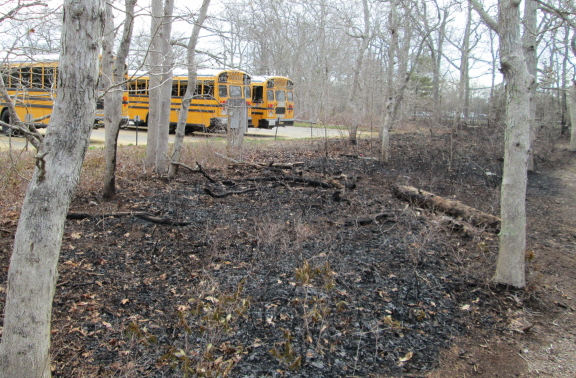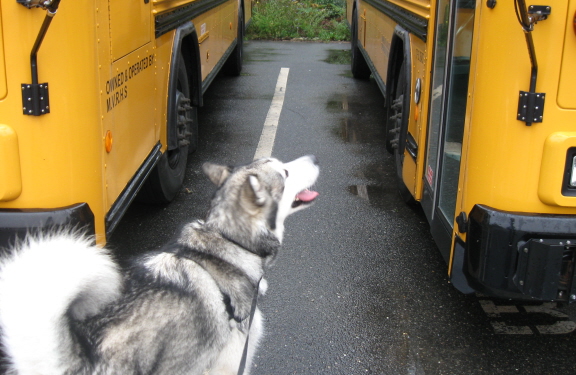I’ve been thinking a lot about characters lately. Fictional characters, particularly the fictional characters that show up on the paper in front of me. They rise in the compost that is my mind, slide down my arm and into my pen, and manifest in colored ink on a lined white page.
No doubt about it: writing is weird.

Essential tools for character development
“Write what you know,” say the sages. Characters are forever showing me how much I don’t know. No sooner does my protagonist set off down a footpath than I’m scrambling for the name of the pretty blue flower she sees over there. She’s an artist and a website designer. I know more about pigment and graphics than I did when she first showed up, but I still couldn’t play a painter on TV.
Necessity is the mother of invention — and research.
The other day, another character’s almost-five-year-old brother was watching a movie on his family’s big-screen TV. What was he watching? No clue. I don’t know any five-year-olds. It’s been a long time since I was five. I do hear car sounds from the hallway, and I know that when he’s not watching TV the kid likes pedaling his racing car around the driveway. I could leave it at “a movie” and come back to it later, after consulting parent and grandparent friends, but I want to know now, goddammit.
Google can be the world’s worst procrastination tool, but right now it’s my friend. I start typing: Popular movies for k . . . Google fills in kindergarteners. Sounds good: this kid will be in kindergarten next year. After consulting a couple of “top ten” lists, I slip Chitty Chitty Bang Bang into the DVD player. Or maybe it’s a Blu-ray player? I’m a total idiot about all things cinematic, unless they were made before 1980. DVD vs. Blu-ray can wait. Maybe the movie won’t turn out to be Chitty Chitty Bang Bang after all, but for now it is and that’s good enough.
My first novel, The Mud of the Place, took an unexpected turn when a minor character told my protagonist something she didn’t know. I hadn’t known it either. It changed everything.
First-drafting is like watching actors on a stage. I’m the stage manager: I write down what they’re doing and saying. If someone’s standing around looking lost, I send someone else in her direction. That usually stirs things up. Sometimes a ker-thunk offstage signals that interesting stuff is happening just out of sight. I pull back the curtain: “Gotcha!”
All these years I’ve been saying confidently that my fiction is “character-driven.” But of course! I watch my characters move around. I shamelessly eavesdrop on their conversations. If my characters aren’t driving my fiction, who is? The opposite of “character-driven” is “plot-driven.” “Plot-driven” means that the characters serve the plot; “character-driven” means that they create it. Right?
While I was procrastinating the other day, a website informed me that I had it wrong: “A plot-driven novel,” it said, “has a recallable plot and not-so-recallable characters; a character-driven novel has recallable characters, and a not-so-recallable plot.”
Other writers and editors have different ideas, I discovered. I also discovered that there’s no shortage of advice out there about how to create memorable characters and memorable plots.
Sometimes Google is my friend. Sometimes Google is a trickster. Sometimes I need to stop Googling and get back to work.
Back in March I blogged that editing is like driving. So’s writing. The author’s driving the bus — she’s the only one with a valid license — but there’s all sorts of acting and interacting going on behind her. Sometimes she stops to pick up a hitchhiker. She thinks she knows where she’s going, but she’s open to other ideas.
And in case you wondered where this bus image came from, I walk past the West Tisbury School parking lot at least once every day. This is what I see. The dog is my Travvy. He’s a character too.

The backside of the buses, seen from our usual route. In early May, a brushfire scorched the woods hereabouts.

Travvy talks to the school buses.
Speaking of editors and who needs them, I reread the above two hours after posting it. I found an instance of “page” where I meant to write “paper”; a missing word whose absence changed the meaning of the sentence (5th para, 1st line: the missing word was “brother”): and a dangling participle (in the 5th para from the bottom, the website was procrastinating, not me). If I re-reread it two hours from now, I will catch something else. Or maybe I will just change something because I feel like it.
LikeLike
This is a fantastic analogy. I know a story is going well when the characters start telling me what will happen. I have had many times of staring at the blinking cursor, having an argument with a character in my head. I want them to go left, because that is what we planned on. They tell me they want to go right and see what happens. When I let them lead, it usually turns out they were right.
LikeLike
I have discussions and arguments with characters when I’m out walking. Sometimes I just listen in while they talk with each other. What’s that about “you’ll never walk alone”?? 😉 Then I ask myself what that was all about, and I usually learn something interesting.
LikeLike
Boy, I can relate to that detail-chasing and how it can bunt a story onto a new track, or stop things midstride because the detail you need to know makes a difference in how things play out, or how the character develops! It’s especially consuming when you’re working with historical material. My WIP is set in 1975 — hardly “historical” for those of us who lived through it — but I’m finding that I have to confirm every little thing.
LikeLike
Recent history can be at least as challenging as the more distant past. It looks familiar, but in some key ways it it isn’t. My Mud of the Place is set in 1998. It never says so. In many ways the time isn’t that important — or so I thought until I contemplated updating it to the time of publication (2008), in part because the one real estate price quoted was plausible for 1998 but laughably low by 2002. But one key scene takes place in the old county airport, which was replaced in 1998, and would my small-town reporter be resisting cell phones in 2002, 2004, or 2008? Doubtful. How information travels is a significant theme in the novel, and with cell phone use increasing rapidly, quite a few incidents would have played out differently. Rather than overhaul the whole novel, I added an afterword noting that “these events took place in the mud of a particular time as well as the mud of a particular place.” They could have happened elsewhere and elsewhen, but not exactly the same way.
LikeLike